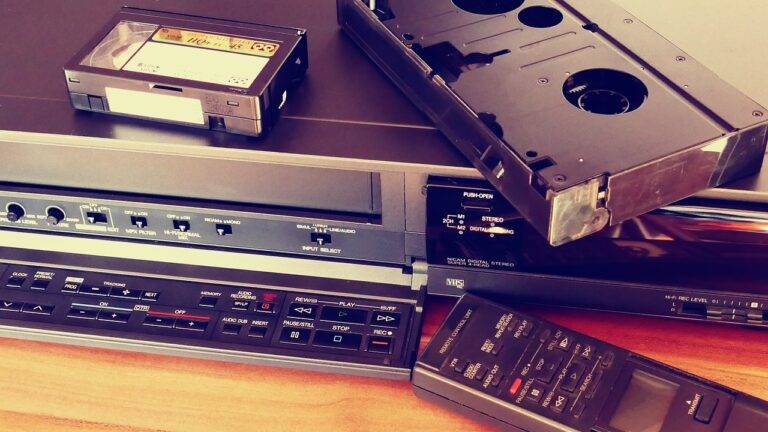The Influence of Technology on Theater Production: From Set Design to Audience Interaction
Set design in theater production has undergone significant changes throughout history. From the simplistic and symbolic sets of ancient Greek theater to the elaborate and realistic sets of modern times, the evolution of set design has been influenced by advancements in technology, changes in artistic trends, and shifts in audience preferences. The role of set design in theater goes beyond providing a backdrop for the actors; it serves as a visual storytelling element that enhances the overall theatrical experience for the audience.
In the past, sets were often static and stationary, with minimal changes between scenes. However, in contemporary theater, set design has become more dynamic and interactive, with movable parts, rotating platforms, and innovative use of multimedia elements. This evolution has allowed for more creative freedom for set designers and directors, enabling them to create immersive and visually captivating stage environments that bring the production to life in new and exciting ways.
The Impact of Digital Sound and Lighting Technology
Digital sound and lighting technology has revolutionized the way theatrical performances are produced and experienced. With the advancement of technology, theater designers have been able to create immersive environments that enhance the overall audience experience. Through the use of digital sound systems, designers can now manipulate sound levels and spatial effects with precision, allowing for a more dynamic and engaging sound experience for the audience.
Furthermore, digital lighting technology has provided designers with a wide range of options to create visually stunning effects on stage. LED lighting fixtures have replaced traditional incandescent lights, offering a more energy-efficient and versatile lighting solution. Designers can now easily adjust color temperatures, create intricate lighting patterns, and even synchronize lighting cues with sound effects to bring performances to life in ways that were not possible before the digital age.
How has digital sound technology changed the way sound is used in theater productions?
Digital sound technology has greatly enhanced the way sound is used in theater productions by providing clearer, more precise audio effects and allowing for easier manipulation of sound levels and cues.
What are some examples of how digital lighting technology has improved set design in theater productions?
Digital lighting technology has allowed for more dynamic and creative lighting effects, such as color changes and moving lights, which can enhance the overall atmosphere and mood of a production.
How has the evolution of set design in theater productions been impacted by advancements in technology?
Advancements in technology, such as digital sound and lighting systems, have allowed for more complex and visually stunning set designs that can better transport audiences into the world of the play or musical.
Are there any drawbacks to relying on digital sound and lighting technology in theater productions?
While digital sound and lighting technology offer many benefits, such as improved quality and flexibility, there can be technical issues that arise, such as equipment malfunctions or compatibility problems, which may disrupt a performance.





